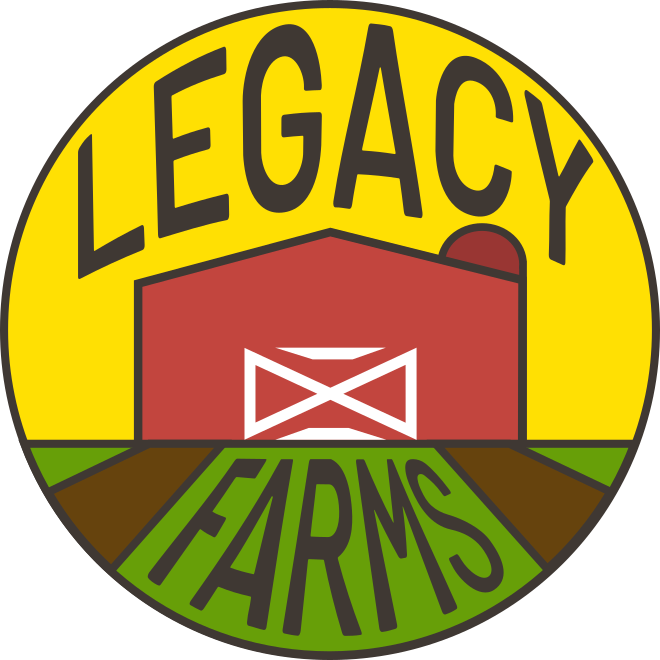The Plant Harmonizer
by Colin W.
Legacy Farms Apprentice
As someone that has worked at Legacy Farms for the majority of the summer, I know for a fact that we’re committed to working hard to produce food you can enjoy. When farming, there are four things crops need above all else: water, sunlight, quality soil, and the focus of today’s article, fertilizer.
Fertilizing is a task I think a lot of people struggle with because it's something that is hard to do well. What I mean by that is, what should you ask yourself when fertilizing your plants? Is this enough fertilizer, or is it too little? Is it organic or not? Will it kill off the pollinators or not? I’ll be addressing some of these questions and more as we take a look at how fertilizer is used at Legacy.
Mentor Ian Shanholtz instructs the group on fertilizer before applying it in our garden.
One of our mentors, Ian Shanholtz, recently gave us a tutorial on how to choose, measure, and mix fertilizer correctly, then helped us fertilize our garden. The fertilizers he recommended for our needs consisted of two key products; Cal Mag and Alaska fish fertilizer 511.
Cal Mag - as the name implies - is made up of calcium and magnesium, but also contains iron. Cal Mag is used to combat possible deficiencies of calcium, magnesium, and iron found in plants. Not only are we using the Cal Mag to circumvent any deficiencies, but we’re also giving our plants a healthy boost to their nutrition.
Alaska fish fertilizer 511 is an organic liquid fertilizer that is used on veggies, fruits, flowers, and other flora. It contains soil microbes that are naturally occurring to build soil content. Both of these ingredients are combined with water to produce our new found fertilizer.
You may have noticed that I mentioned the word “organic” when I brought up fertilizers. This is because you can find organic and inorganic fertilizers, each with their pros and cons. Organic fertilizer - as the name implies - is made up of naturally occurring materials like animal byproducts, or plant matter. For example, our fish fertilizer was made of exactly what you’d expect: fish.
A bottle of Alaska fish fertilizer 511
Organic fertilizer helps improve the quality of your soil allowing it to hold water longer, and it boosts fungal and plant activity. Obviously, that is what we use at Legacy Farms.
Inorganic fertilizer is synthetic, meaning it's made with artificial materials. Because of this, it acts faster allowing your crops to grow quicker. MiracleGro is a good example. However, your plants become reliant on this fertilizer since it provides essential nutrients like nitrogen, phosphate, and potassium. Inorganic fertilizers also deplete the soil of nutrients, making it less productive.
One last thing I’d like to touch on are three methods of applying fertilizer; ground applied, foliar, and topsoil fertilizers. When we fertilized at Legacy Farms last week, we used the ground applied method and applied it at the base of a plant using liquid fertilizer. This is important because if fertilizer is applied on the leaves at the wrong time, it can damage the plant and kill pollinators as well. Foliar fertilizer is applied to the leaves using a spray bottle. Finally, topsoil fertilizer is essentially putting a thick layer of dirt onto whatever you're fertilizing.
Sources:


